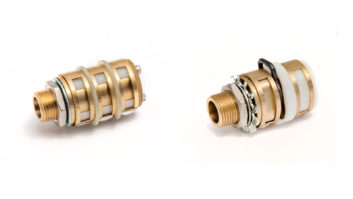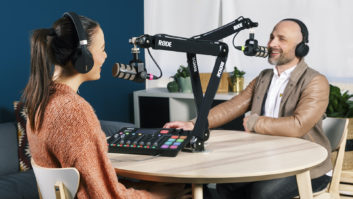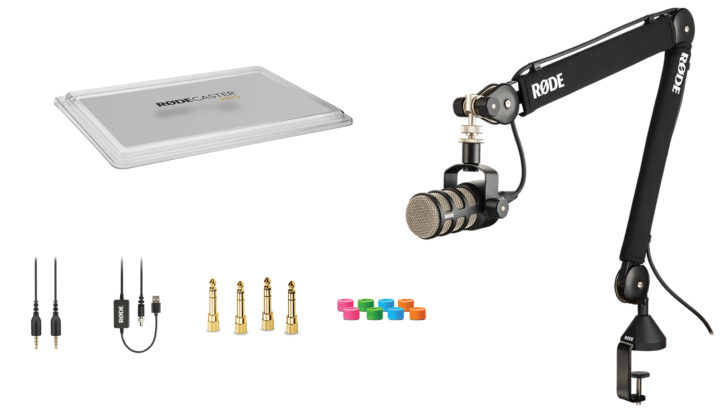
Over the years, Australian pro audio manufacturer Rode has built a solid presence for itself in the recording and broadcast industries, but in recent times, the company has put much of its focus on podcasting—and that effort has paid off handsomely. In podcasting today, Rode is one of the 800-pound gorillas and a lot of that has to do with its Rodecaster Pro podcast production studio, a specialized, all-in-one recording and mixing unit that came out in 2018. The unit does a great job of walking that upper-prosumer tightrope, providing simplified broadcast features in a portable form that audio pros, aspiring pros and content creators can all use to get very respectable results. Building on that success, Rode has since also released podcast and streaming-oriented mics at price points that are attainable by consumers. So what do you do once you release the two things that podcasters need the most? Well, you accessorize them out and accordingly, Rode has released a number of accessories aimed at Rodecaster Pro users in the last few months.
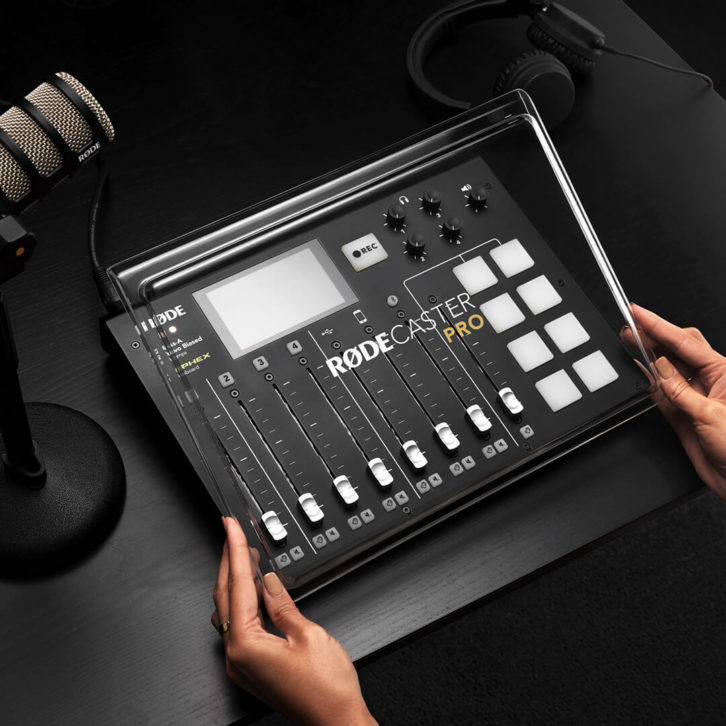
The first item is the Rodecaster Cover Pro, which is simply a clear acrylic cover for the Rodecaster Pro. The cover is designed to fit perfectly over the unit and protect it when you’re not recording. Certainly, you don’t want to carry the unit in a backpack to go on location and then discover you’ve pried off a fader en route. Likewise, if you’re working from home as many podcasters do, the cover will protect the mixer from seemingly innocuous dangers like a cup of coffee or your too-damn-curious cat walking all over it. There is a third-party cover already on the market for the Rodecaster Pro, but Rode’s obviously comes from the manufacturer (which always provides some added peace of mind) and it has a street price around $50—a full $40 less than the third-party competition at this writing, so it’s a win all around.
Next up is the Rode Rodecaster Pro Accessory Kit, which is a bundle of four minor-but-useful items—the kinds of tidbits that feel a little wasteful to purchase until the rueful day you need them. None of items are so essential that you can’t work without them, but they make a day slightly simpler.
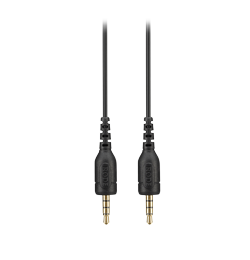
The kit includes the SC9 TRRS-to-TRRS cable, which is basically a 3.5 mm TRRS cable designed to connect a Rodecaster Pro to audio devices—for instance, a smartphone, so you can record a phone interview directly into the unit. There are other ways to connect a smartphone (Bluetooth, for instance), but it gets the job done simply.
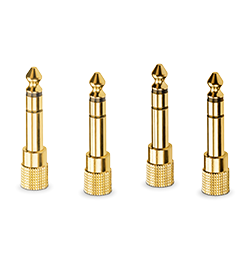
Next is the HJA-4, which is simply a pack of four 3.5 mm-to-1/4” headphone adapters. You’ve got these lying around already, of course, and they come with every set of decent headphones you’ve ever bought—but you’ve misplaced them before, too. With a pack of four, you have more than enough to ensure you don’t run out when connecting podcasters and their guests’ headphones into the mixer.
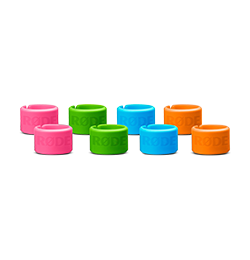
Then there’s the XLR-ID pack, which is simply four pairs of color-coded plastic rings that snap on to XLR plugs at each end of a cable so you know which cable is which. Sure, you can use gaff tape to do the same thing or, God forbid, simply pay attention to what you’re doing, but they make for one less thing to think about too hard.
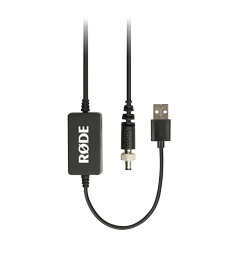
Rounding out the Rode Rodecaster Pro Accessory Kit is the DC-USB1 USB-to-12V DC power cable, which allows you to run a Rodecaster Pro off a USB output, like a portable powerbank, providing a bit more portable use if you’re not near a wall outlet. You’re still going to need a relatively high-power USB power source (2.4A minimum), but to sound like Yogi Berra for a minute, this is the kind of item you don’t need until you need it.
All that said, let’s move on to the most notable podcasting accessory that Rode has released in recent times, which is the Rode PSA1+ Professional Studio Arm. It is a nice piece of kit, able to hold a microphone weighing up to 2.6 lbs. Aesthetically, it is black with some silver accents, it prominently sports the Rode logo in a few places, and offers a horizontal reach of about 37 inches. The arm comes with both a desk insert and a clamp, so you have options for attaching it to your table or desk, and there’s also a mic thread adapter in case you need it.
Røde Releases Central Mobile App, Updates Connect Software
The mic arm is well-packaged to survive transit; open up the box and you’ll find all the various parts, most notably the thick, hefty arm, which feels satisfyingly solid. Both lengths of the arm are covered with spongy neoprene sleeves that are emblazoned with the Rode logo. That makes it feel a little weird if you don’t have a Rode mic at the end of the arm, and I’m sure that’s no accident. Not only do the sleeves help deaden potential sounds from the arm as you move it, but they also provide good protection if you bang your hand, head or coffee mug against the arm while recording. The sleeves have small plastic grips attached for mic cable management—a nice touch, though it means that if you were to cut the sleeves off for some reason (for instance, if you’re video podcasting and can’t have branding like those big Rode logos in the picture), you lose your cable management, which is a shame.
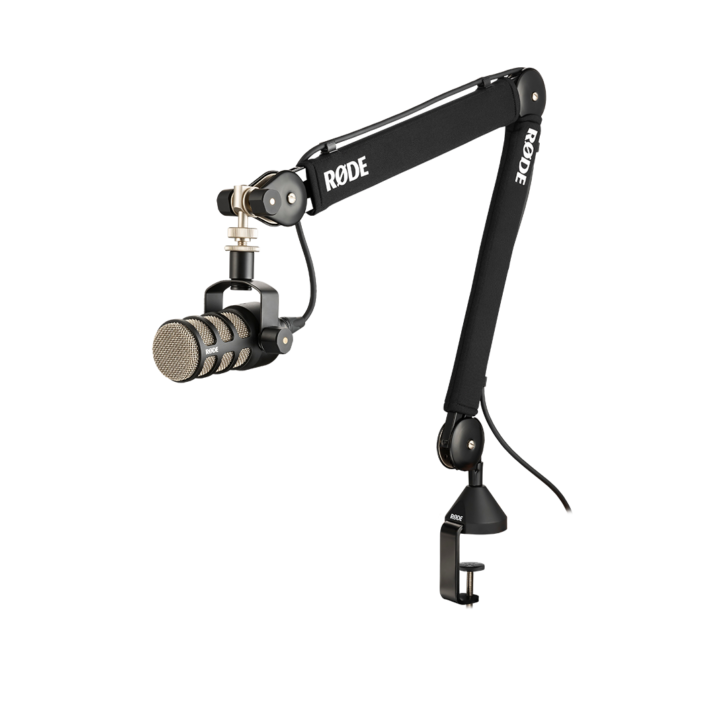
The arm comes pre-assembled, so all you have to do is install the clamp of your choice, drop in the peg at the end of the mic arm, and you’re set. The mounting hardware is very low profile; with both the desk insert and the clamp, in each case, installation is simple—very much a set-and-forget experience, which is exactly what you want from a mic arm. The desk clamp slides on to a desk or table with a width of 18-55 mm, while the surface mount can tackle 10-70 mm. On the desk clamp, there are rubber tabs at the ends of the metal bar that you use to tighten the clamp; they come off, allowing you to remove the bar for an aesthetically simpler look that also helps ensure that the clamp won’t accidentally get loosened by an errant knee hitting the bar under the desk.
The arm itself has a vertical reach of 860 mm and 360° rotation, and is nearly dead silent; when I moved it around, the mic didn’t pick up movement or create sounds like springs stretching as I put it into position. Whether folded in on itself or extended, the arm was well-behaved, even when it was fully extended straight out at a low, acute angle with the table. In testing with a popular podcast mic from another manufacturer weighing 1.4 lbs., the arm didn’t droop or shake, even in some unlikely, difficult positionings.
Everything came together quickly, it worked well and as far as mic arms go, it’s stylish. I’m not sure how much there is to be said about studio arms, but ultimately, what do you really want from one? You want it to work quietly, stay where you position it, and otherwise be the last thing you’re thinking about; a good studio arm is something you ignore even as you use it, and the PSA1+ answers all of those demands easily.




